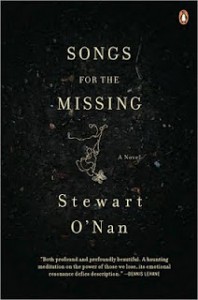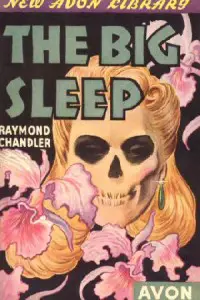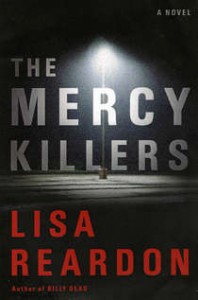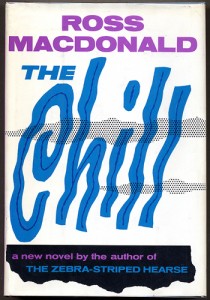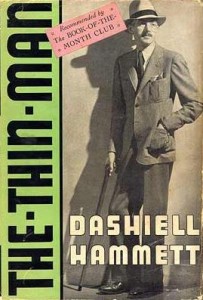This is a guest post from Will Noble
Queen vs. Empress
One of them is a living queen; the other is a dead empress. But which has the better biography? We
take a look at critical response to Elizabeth the Queen and Catherine the Great to decide which is the
royal write-up you should take home this fall.
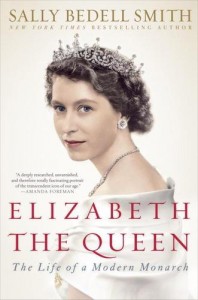 Royal is in at the moment. What, with the wedding of Will and Kate last year, Elizabeth II’s Diamond
Royal is in at the moment. What, with the wedding of Will and Kate last year, Elizabeth II’s Diamond
Jubilee in June – not to mention the bizarre wedding of the 85 year-old Duchess of Alba last October
– everyone wants a bite of the bling. Two of the latest titles to capitalize on this are Sally Bedell
Smith’s Elizabeth the Queen (a portrait of England’s current monarch that hopes to shed new light
on her), and Robert K. Massie’s Catherine the Great, an historical account of the 18th century Russian
empress who was notorious for her many lovers.
They may both have enjoyed long reigns (Elizabeth’s is still going of course), but if critic ratings
are anything to go by, it’s the Russian’s which is by far the more fascinating. Elizabeth the Queen
earns just 57%, compared to the 79% of Massie’s biography, with Bloomberg comically stating
that “…prose comes at you like a spray of saliva, its reverence bordering on rapture…” and My
SanAntonio fully deriding the bio as belonging “…in the same category of sleazy tabloid journalism
that prowls for opportunity to make quick, easy bucks.”

